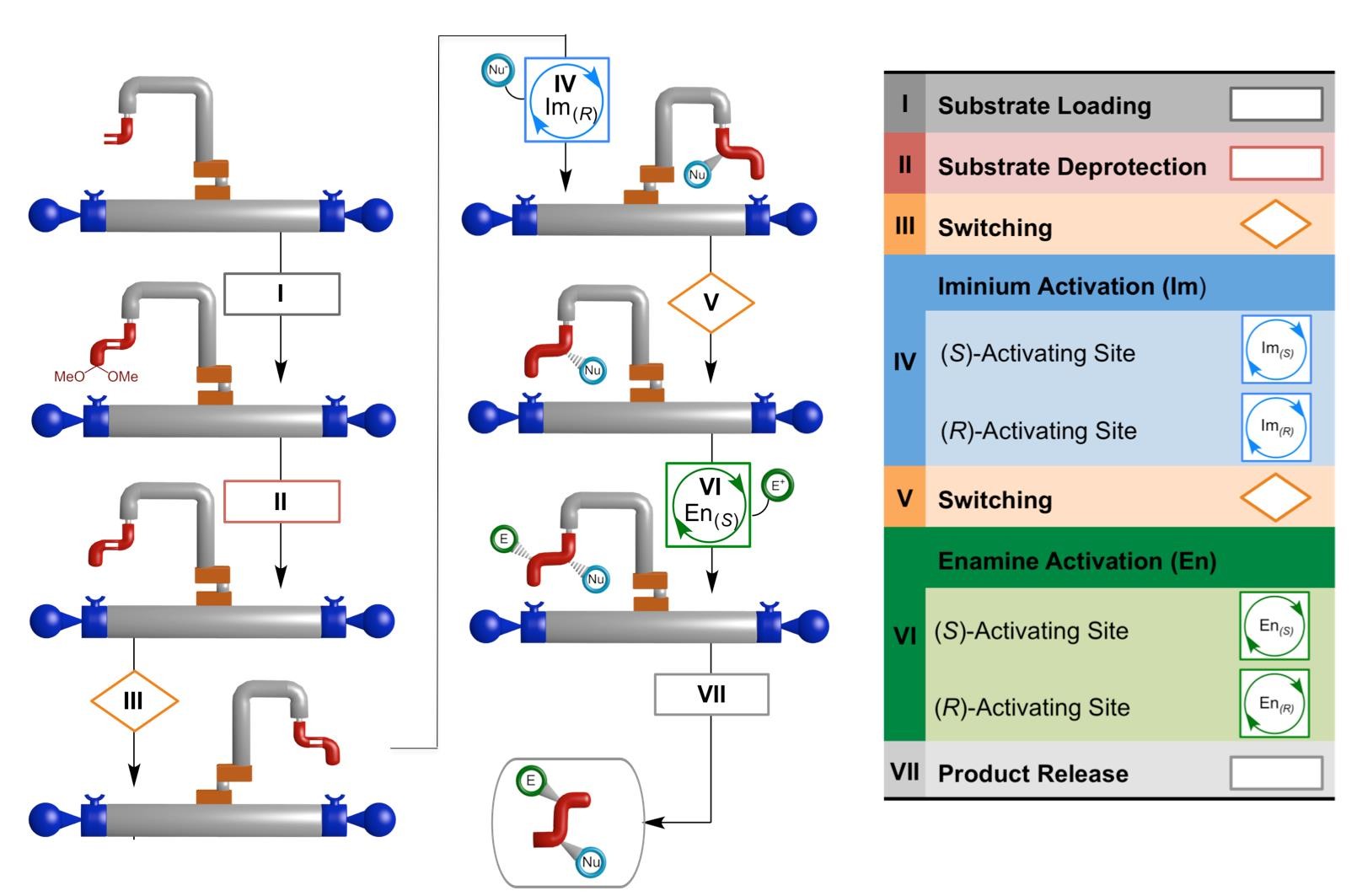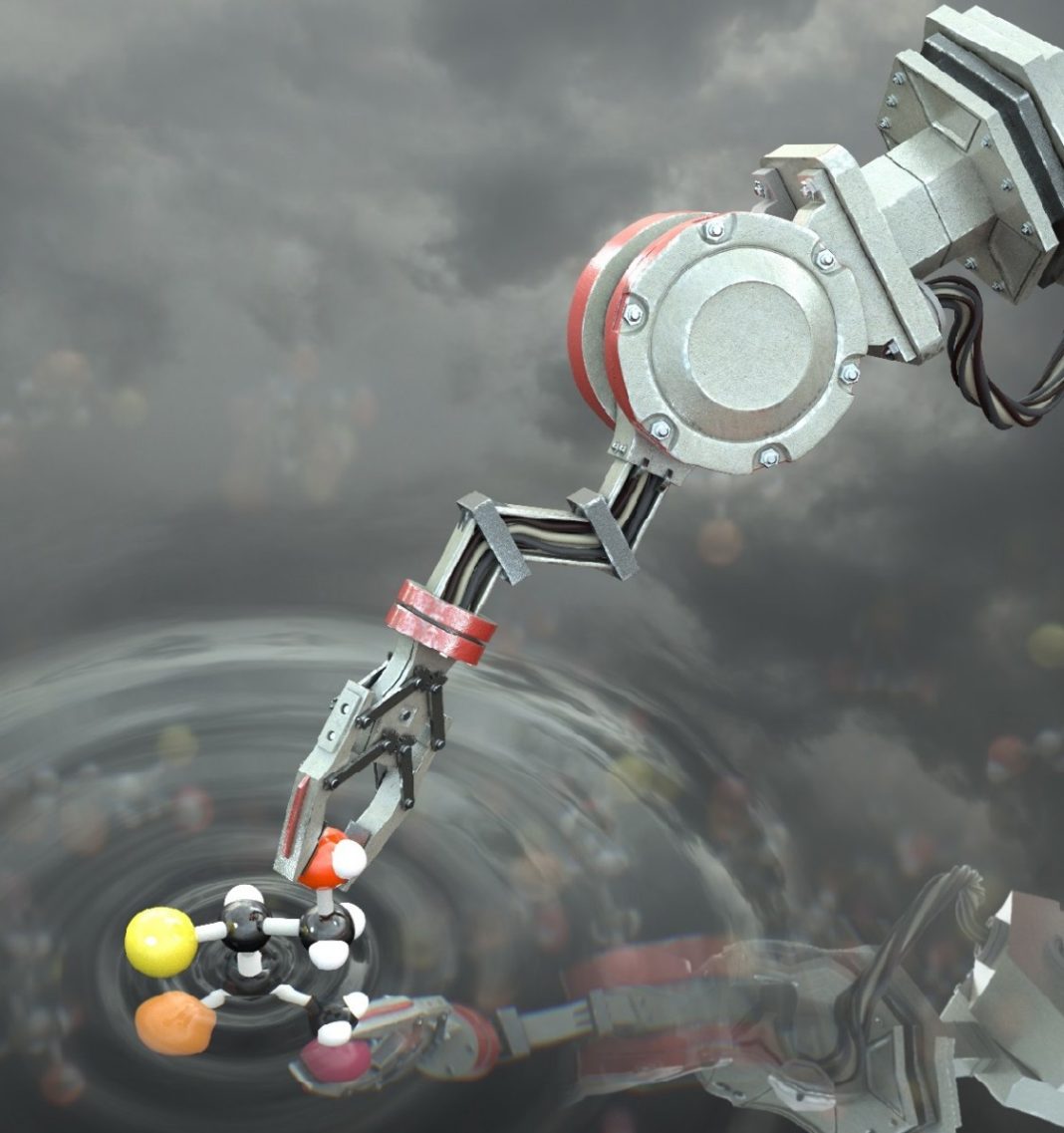As technology advances so do the world of robotics and this month brings a lot of excitement to scientists at The University of Manchester as they create the world’s first molecular robot. This machine can essentially build other molecules among other complex tasks and is just a millionth of a millimeter in size. Each one can be programmed to construct different molecular cargo using a very small robotic arm. The scientists are hopeful these robots will soon be used in advanced manufacturing processes and medical purposes.

The leader of the research, Professor David Leigh confirmed that the robot they’ve created is molecular and made up of atoms just like a simple robot can be built out of Lego. Scientists then program in simple commands that the robot can respond to, using chemical inputs. “It’s similar to the way robots are used on a car assembly line. Those robots pick up a panel and position it so that it can be riveted in the correct way to build the bodywork of a car. So, just like the robot in the factory, our molecular version can be programmed to position and rivet components in different ways to build different products, just on a much smaller scale at a molecular level,” says Leigh.
The great advantage of having robots this small is that it brings down the costs, it massively reduced the demand for materials, can rapidly increase the miniaturization of other products, can reduce power requirements, and can accelerate and improve drug discovery. This makes the potential uses for molecular robots quite widespread. “Our aim is to design and make the smallest machines possible,” says Leigh. “This is just the start but we anticipate that within 10 to 20 years molecular robots will begin to be used to build molecules and materials on assembly lines in molecular factories.”
Professor Leigh also advised how the robots are assembled and operated through the same kind of process that’s used to make medicines and plastics out of simple chemical building blocks. “Then, once the nano-robots have been constructed, they are operated by scientists by adding chemical inputs which tell the robots what to do and when, just like a computer program,” confirmed Leigh.
More News to Read
- New Studies Suggest Smartphone Apps are Effective in Treating for Depression
- Researchers Develop New System That Allows the Transferring of Code Across Programs
- Scientists Uncover Graphene Superlattices
- What are Your Chances of Becoming an Astronaut?
- Do you Know How Tight is Your Smartphone’s Security?











